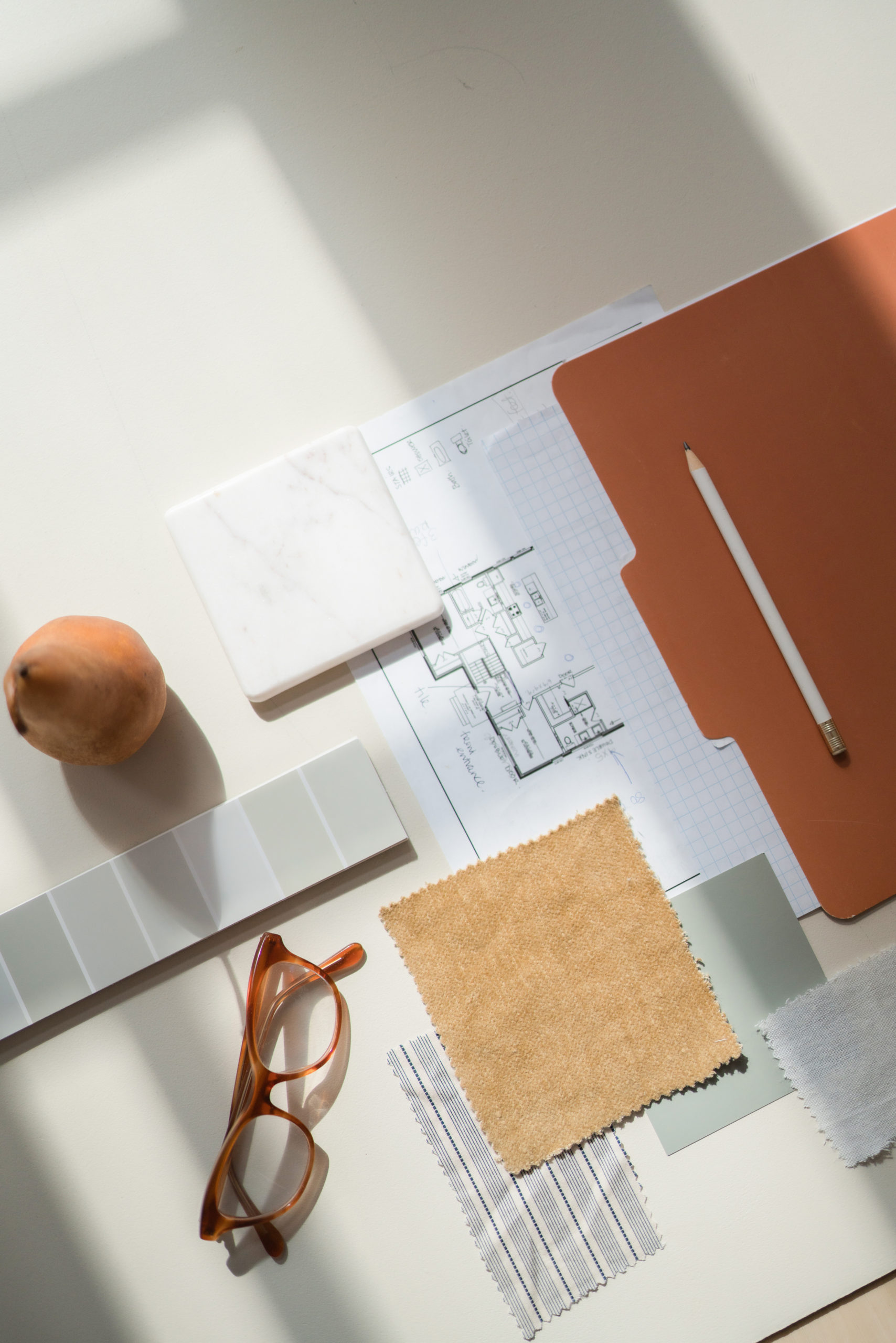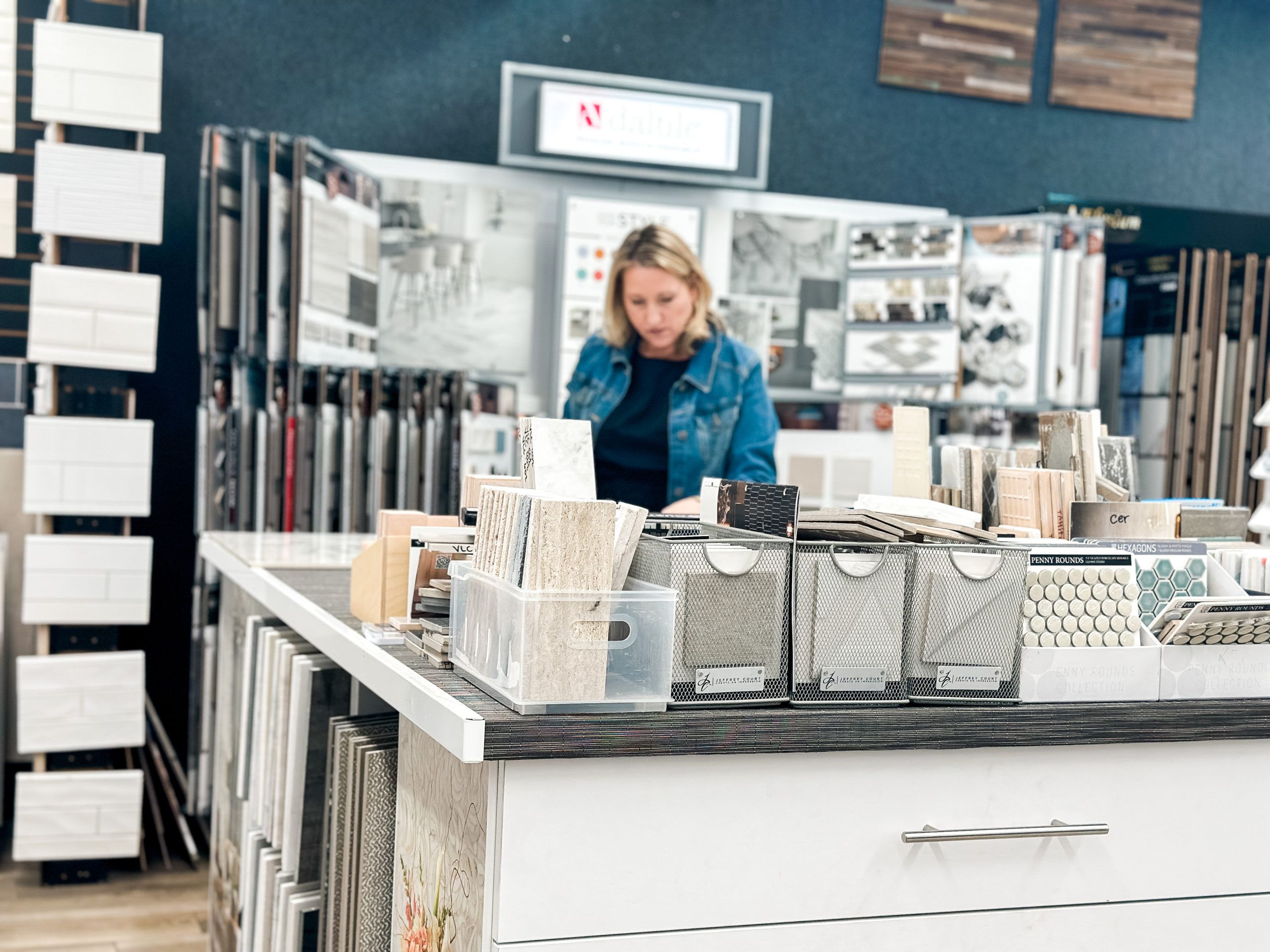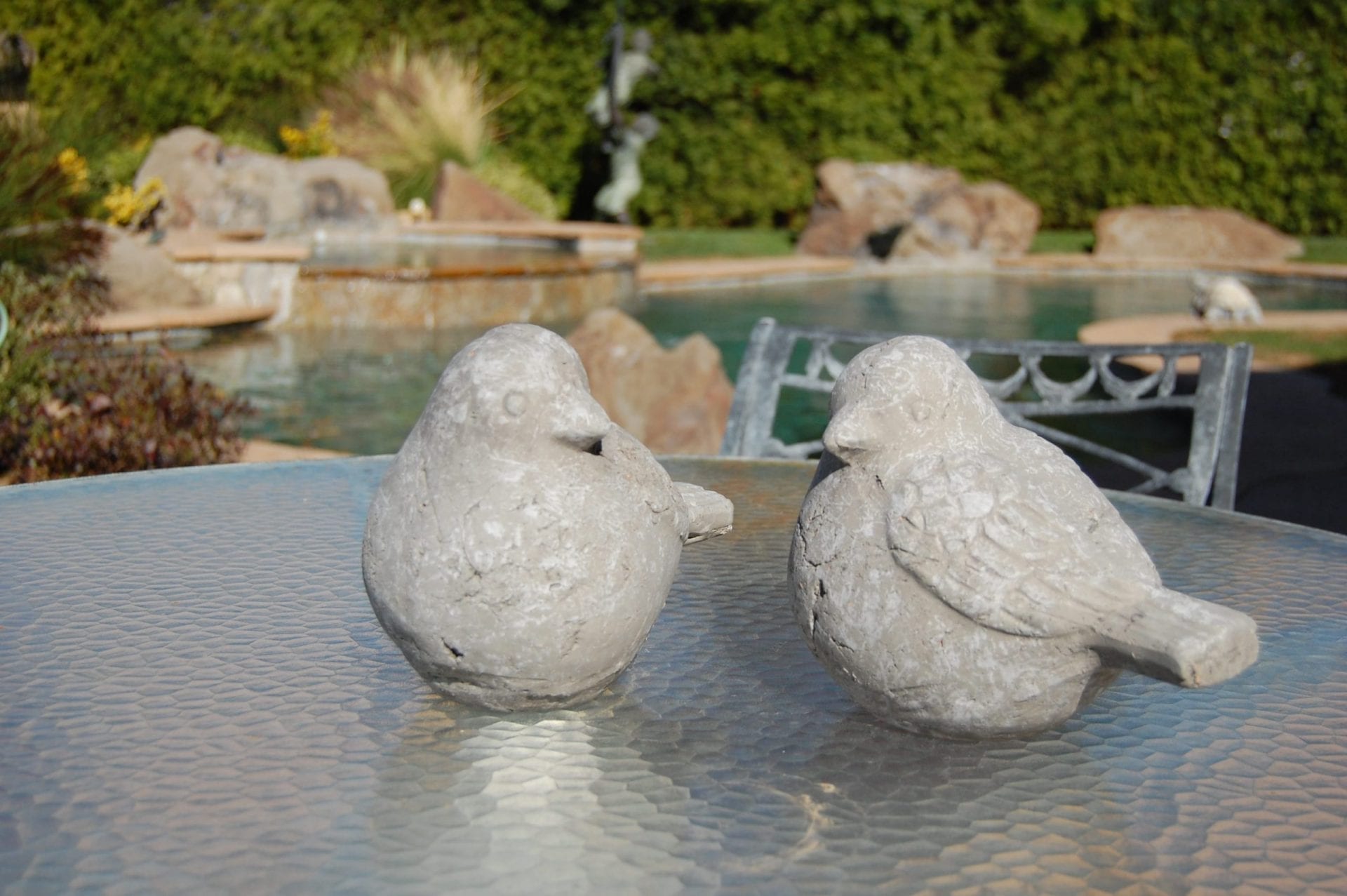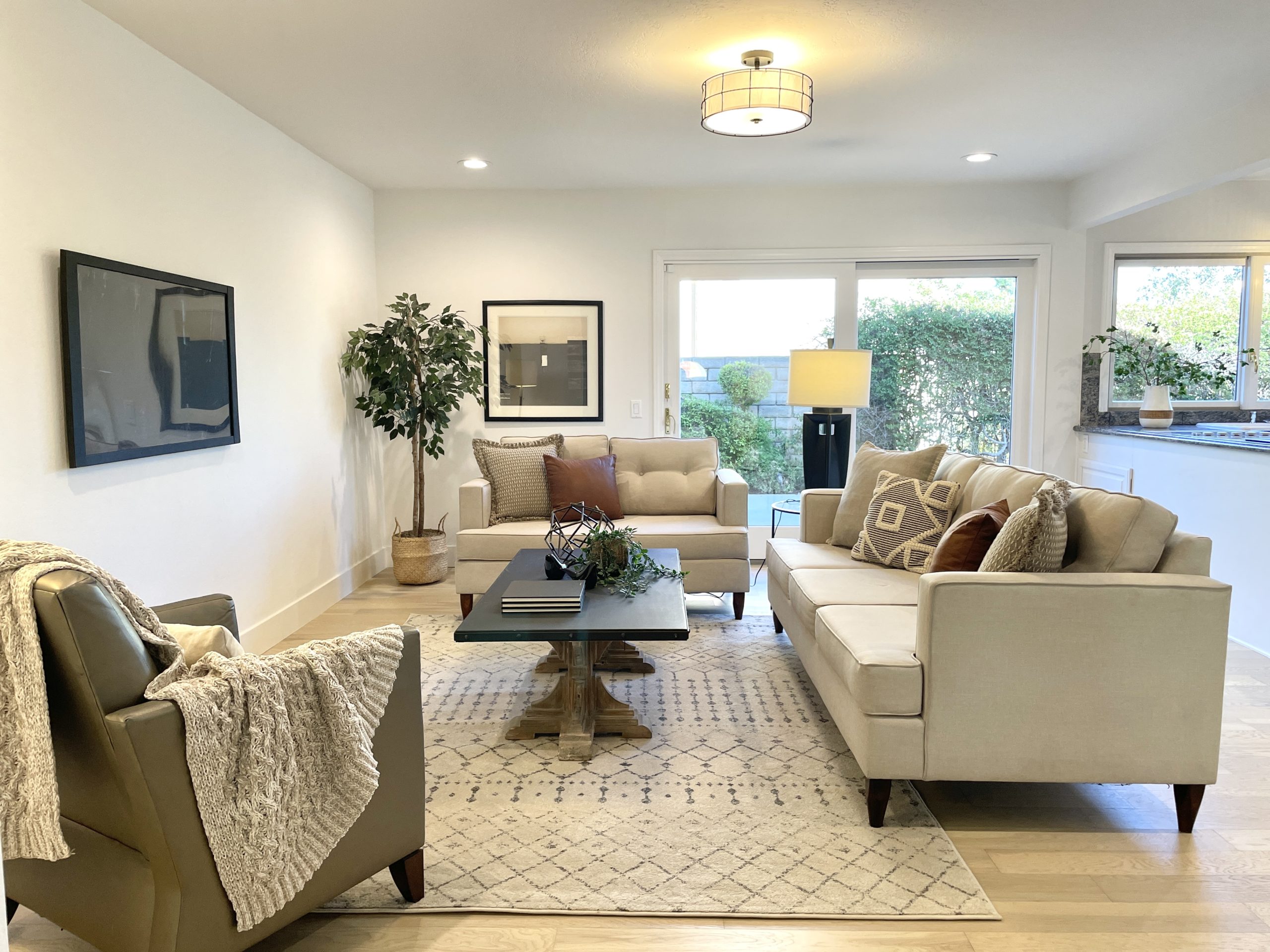As a designer, I’m often asked the same design questions repeatedly! A while back I opened up my newsletter to the most pressing questions and below are a few of the responses!
Ask the Designer:
I don’t even know how to start….. do you have any tips?
Jen
It’s always tough to know where to begin! This is probably the number one question that I get asked by homeowners (or even apartment dwellers!). You look around your space and you’re just not loving the look. Sure, they are pieces you love – you bought them with the best of intentions – but it’s not coming together.
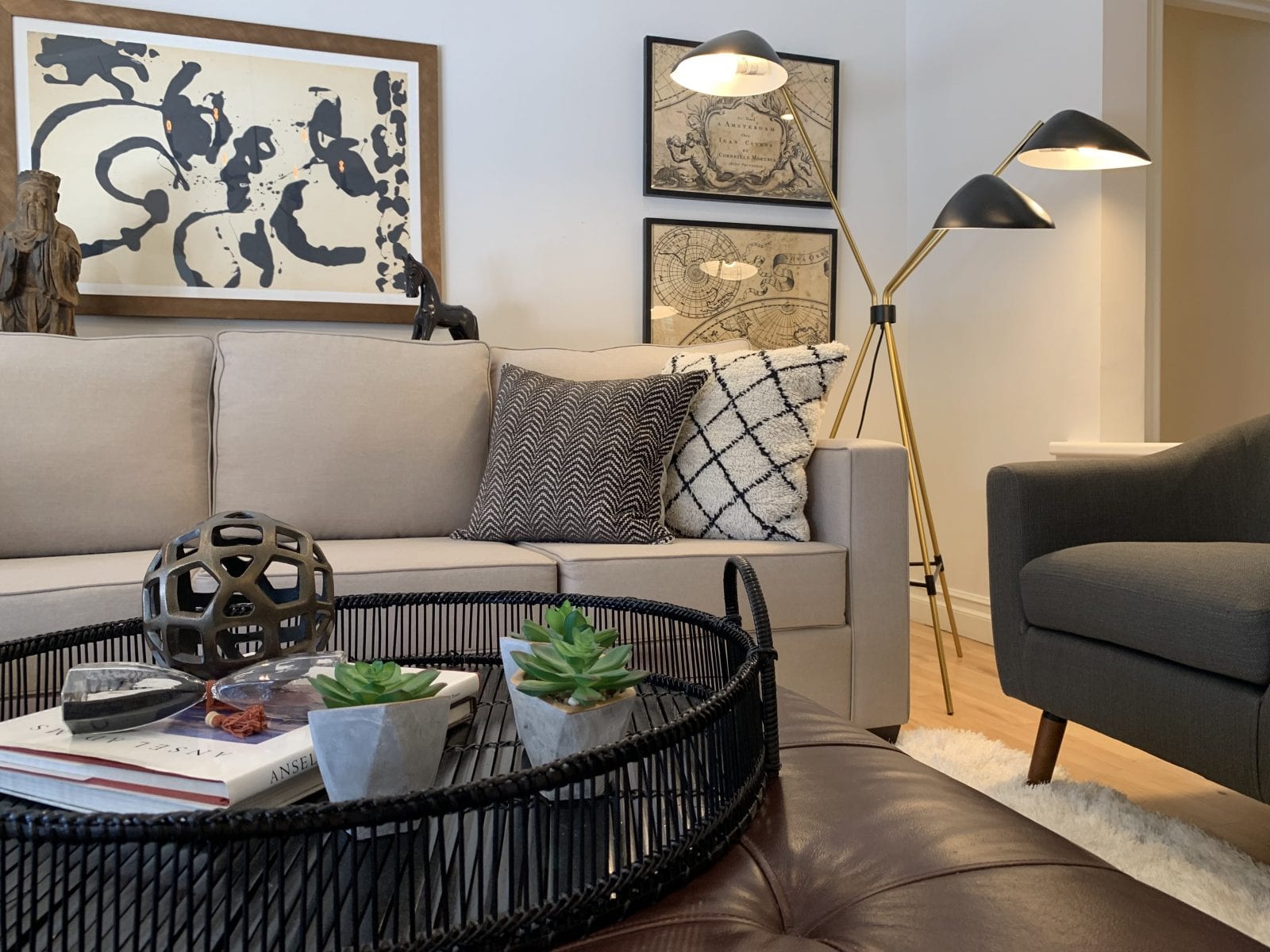
- Do you simply HATE looking at it?? This, btw, is a totally appropriate and common reason for a refresh!
- Do you have an event coming up for which you need to prepare – either to impress (think in-laws or work colleagues) or special occasion to accommodate (Easter/Seder dinner, bridal shower).
- What space or spaces in your home not functioning properly for you?
- Is your primary living space / bedroom not physically comfortable?
In all situations the number one rule of design remains the same: Form Follows Function. Now the translation. The function of your space is priority one! How will this space be used? That is your starting point. Some spaces are obvious. A bedroom is for sleeping – either you, your kids or your guests. A comfortable living/relaxing space is important and should do just that: give a place to live and relax.
But what of those other, little used rooms? Dining rooms and formal living rooms are often seldom used and can often be brought in to rescue a home that is not functioning well.
So first thing? Always address the function!
Ask the Designer:
How many different wall colors are acceptable in one room?
Andrea
There is no decorating bible that says you can’t have all your walls a different color, but it’s all in the colors selected and how you blend them. If you’re going for just a little visual interest without a major commitment, start with two. Three walls in one color, with one wall, usually the focal wall, in an accent color.
“Designer term”? The Accent Wall
You can also think of your ceiling as the “fifth wall”. If you have an interesting ceiling feature such as a tray ceiling or molding, paint the ceiling in a contrasting color for additional interest.
A tip to remember? Dark colors recede so don’t be scared to use a dark color. Clients will often feel that dark colors will feel closed in but that’s not necessarily true. Here’s a few options for consideration:
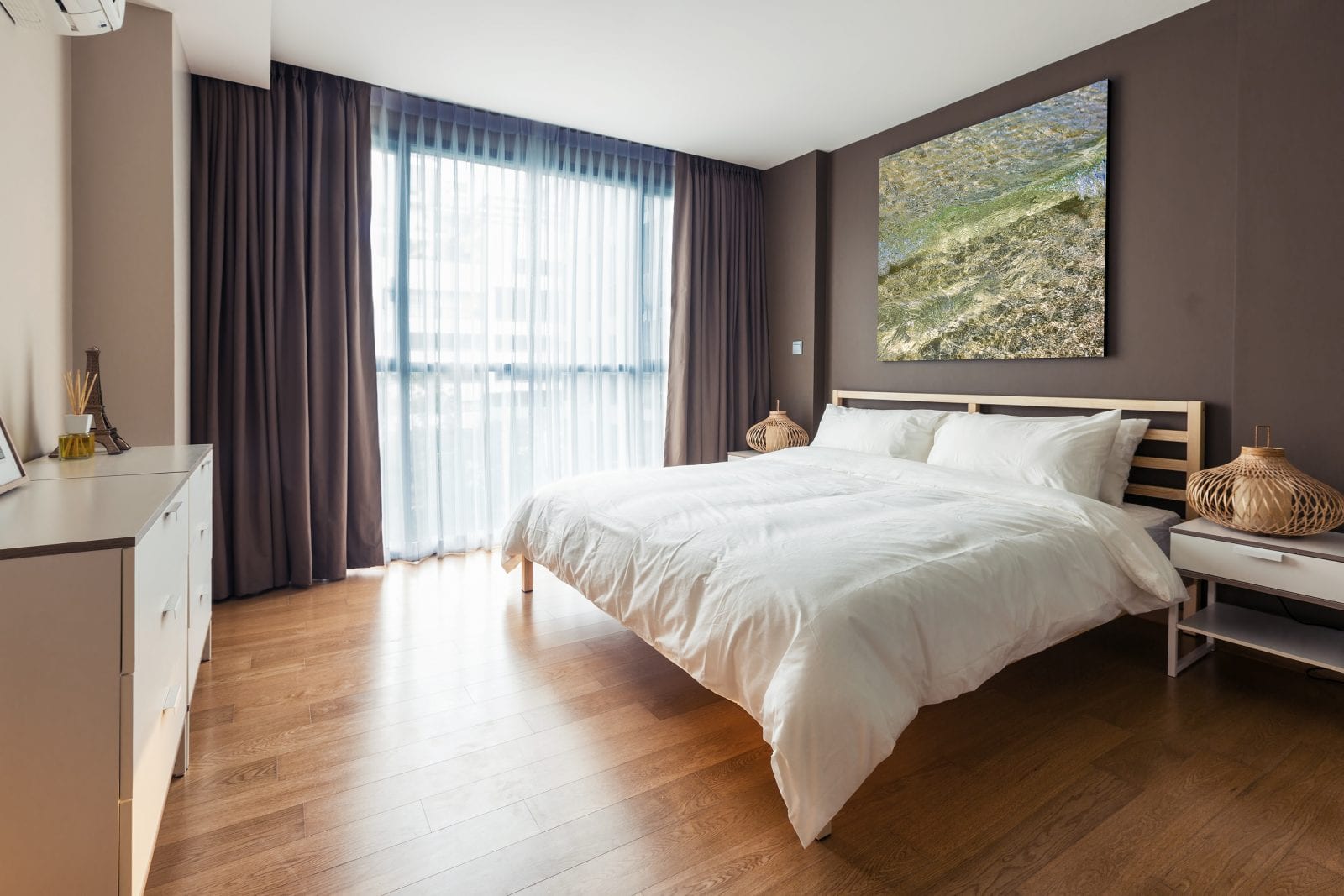
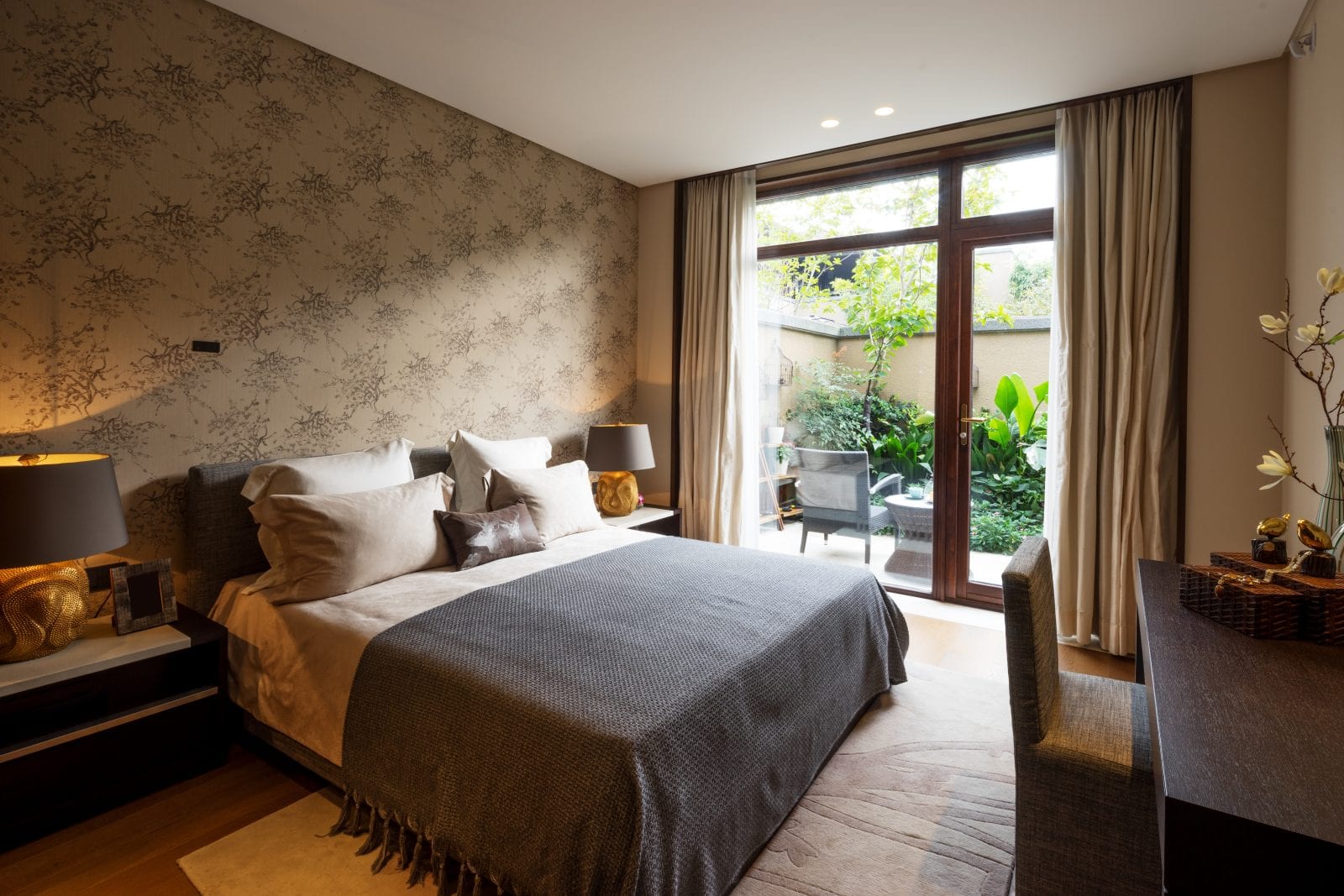
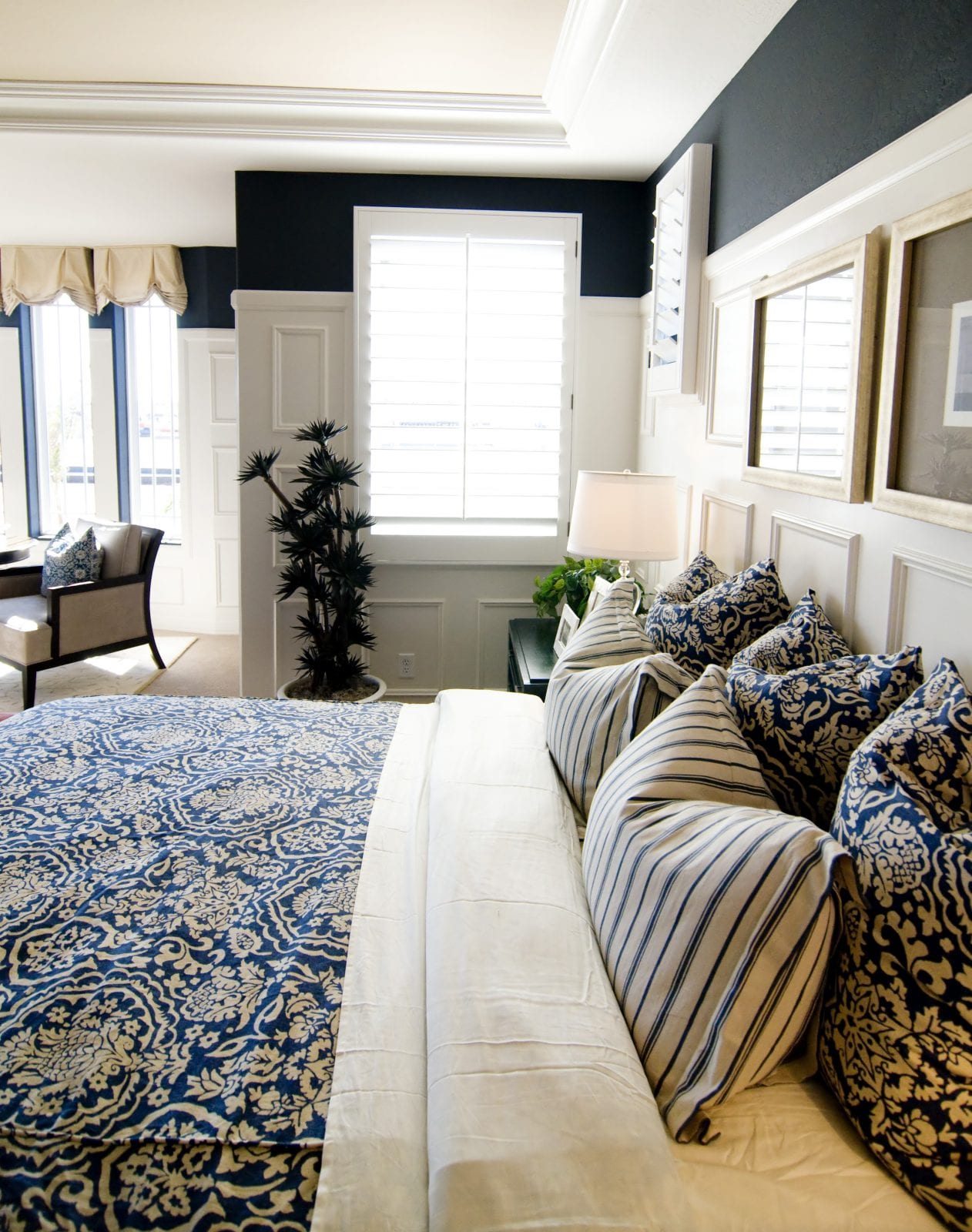
Ask the Designer:
How can I pick paint colors I won’t easily tire of? I’m tired of white walls everywhere in my home, but so indecisive about a new color. I have wood floors and mostly dark furniture and autumnal tones in art in accessories. What color direction can I go?
Valda
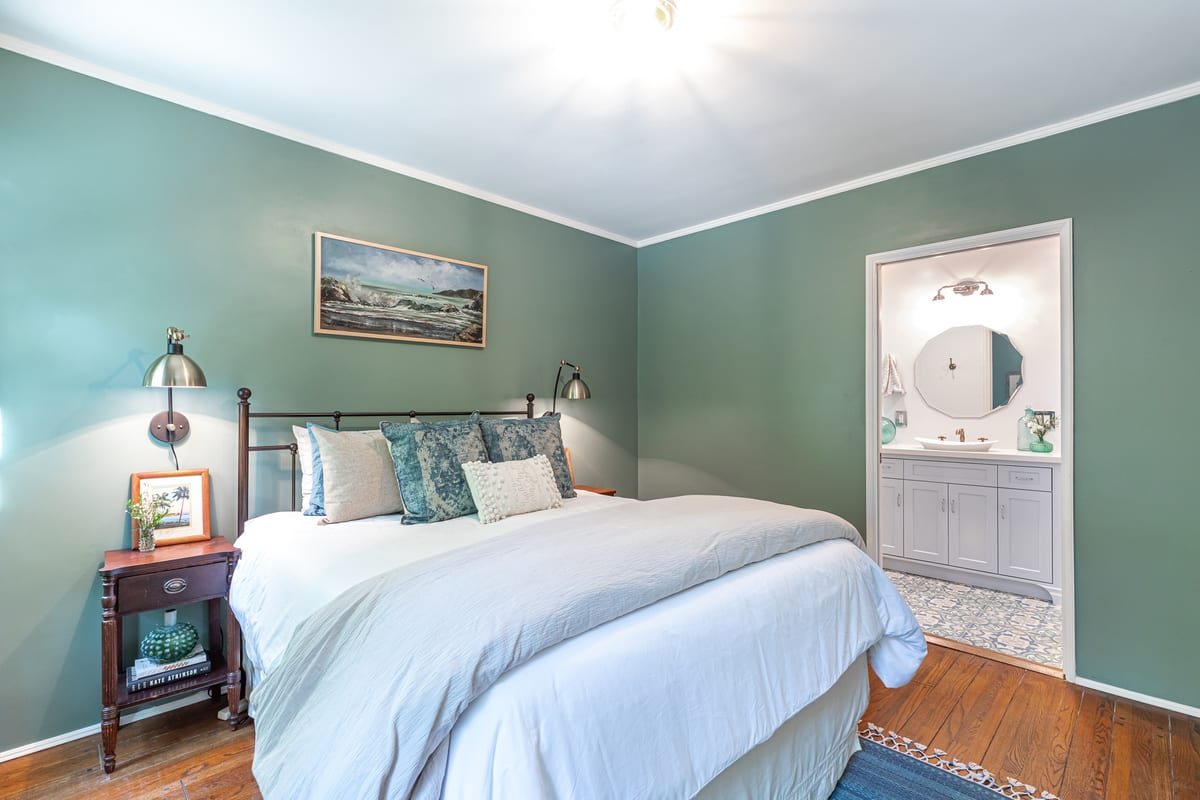
If you find you tire of a color scheme quickly, stick with a great rich neutral color for your walls and bring color in the accessories and have fun with it!! If you’re heavily invested in a palette of colors like Valda is with warm earth tones and you don’t want to buy all new, use a warm neutral on the wall that will blend.
In this picture our clients loved this mid-tone green. The room is not big but it feels great and marries nicely with their vintage furniture pieces. Clean and modern bedding and lighting keeps it from becoming too precious or old fashioned.
Not in love with your furniture but don’t want to buy new? Unless your furniture is a valuable antique, don’t be afraid to change the color with paint, a new stain color or whitewash to lighten up.
Ask the Designer:
I don’t really know what my style is…. how do I figure that out?
Colleen
This is where living in the digital age is an amazing asset! However, it’s super easy to get sucked down into the vortex of online portfolios and lose direction!
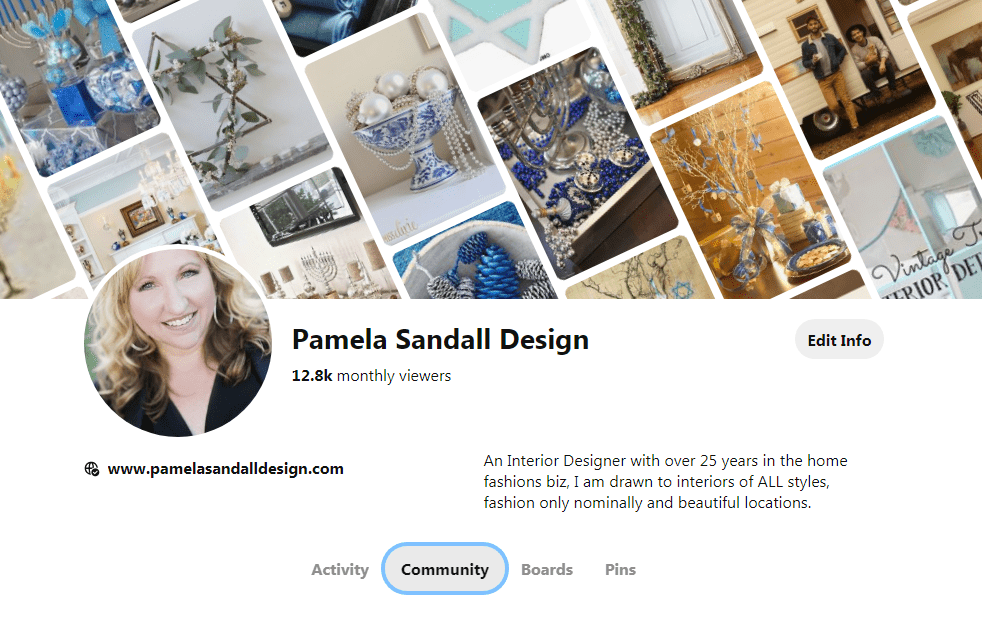
Here’s a strategy to try:
- Pick a platform. Whether HOUZZ is your preference or you’re a Pinterest junkie, select one where you want “live” while working on your project. You can also use an online tool (I’ve linked to a Home Planner board on Trello we’re experimenting with) where you can gather ideas from multiple locations.
- Once you’ve selected your platform, set up a specific board specifically for style evaluation. You can parse this out with different rooms but for this exercise, it’s easier if you don’t!
- Start clipping/pinning/saving anything that appeals to you. A couple of hints:
- DON’T think about it too hard :).
- DO make a note of what you like about that space. (“I love that cabinet color” / “I love the way all white furniture looks fresh”)
- Once you feel like you’ve got a healthy serving of images, look for some repeating themes. This might be:
- Specific furniture styles (tufting/rolled arms/loose back cushions)
- A majority of your cabinet colors are all in the same color palette (Navy cabinets on every pin!)
- All your furniture has a distressed finish.
- Next, start eliminating by comparing one against the other. For example:
- You’ve got 17 white kitchens. When you start comparing them, how many can be eliminated to get down to the one or two you truly love!
- Don’t forget to be referring to the notes you made about WHAT you liked. You might want to go search for some additional options with those features.
Overall, worry less about naming your style and more about being able to identify what styles (shapes/colors/finishes/fabrics) you gravitate towards and keep this in mind when shopping for new pieces. It will help you make fewer mistakes!
Ask the Designer:
Real estate is quite valuable here. We love our neighborhood but the home is pretty small. Any tips on decorating a small home?
Leslie
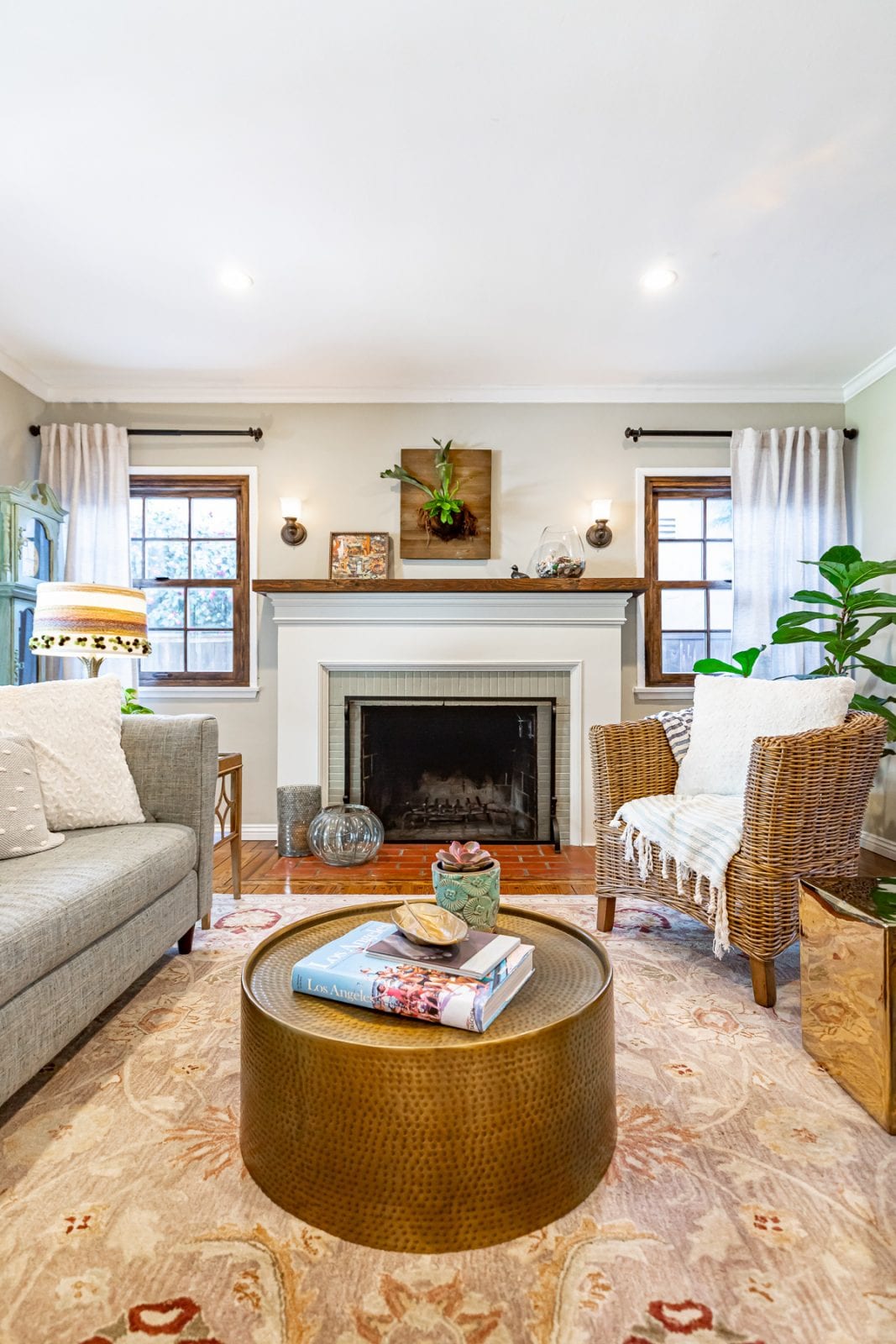
When space is precious, start with your needs! What do you want the space to accomplish? That might sound obvious, but let’s consider a formal living room, for example. You might feel that you need to decorate with a sofa, coffee table, chairs and perhaps entertainment unit.
But what if you don’t USE that sort of set up? Maybe you have a family room and that’s where the television viewing and familial activities happen. Can your living room to serve a different purpose? Perhaps you need a home office, a play room, a home school set up? Formal dining rooms are also prime real estate that is often under-utilized. If you don’t need it for its obvious purpose, make spaces work for you! Once you’ve determined the PURPOSE of each room, the decorating process is the same as a large space.
A Helpful Tool
Years ago, while working on a clients family room the conversation turned to other spaces in the home. This is a pretty regular event, honestly. To keep us organized, I took out a piece of paper and started making a priority list. This impromptu form, morphed into a worksheet that I’ve used for almost all of the 18 years in business.
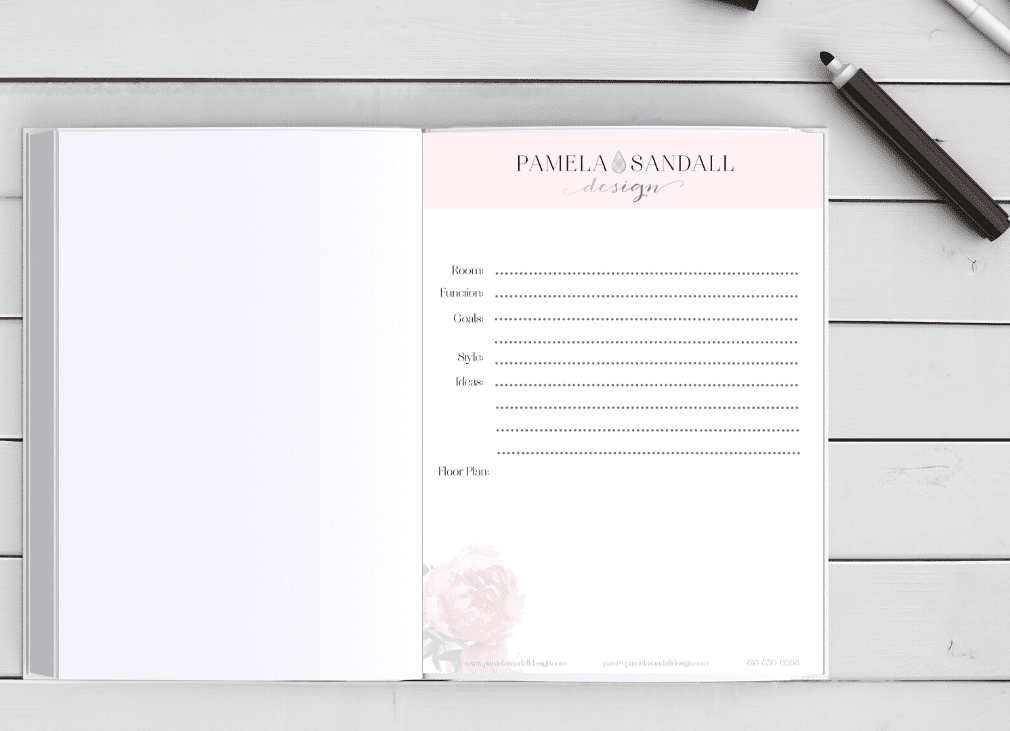
The Room Goals Worksheet has been used to keep hundreds of projects organized. Even in the office we have a digital version of this for each job. If you’re and existing client and you’ve not seen a copy during an appointment, know that behind the scenes we’ve got you covered!
Otherwise download this for free and start using to help you organize your project!
How to Use the Room Goals Worksheet.
To help you focus and get started, download our
Room Goals Worksheet
[purchase_link id=”9705″ text=”Purchase” style=”button” color=”#bfe3e6″]

Have some questions you’d like to ask privately?
Schedule a quick discovery call to see if we can help you with your project!


